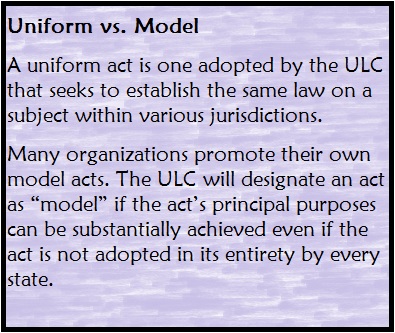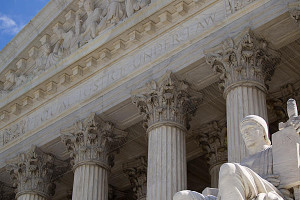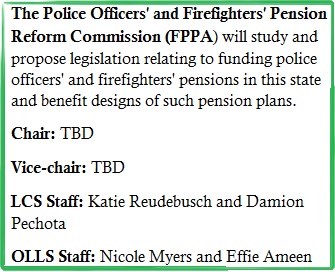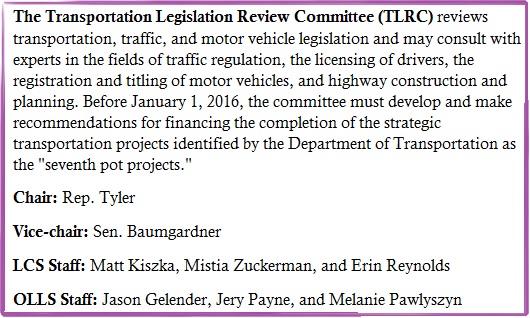by Kristen Forrestal
On June 25, the United States Supreme Court announced its decision in favor of the government in King v. Burwell. The case, which could have unwound the Patient Protection and Affordable Care Act (ACA), involved a challenge to the 2012 IRS ruling that individuals purchasing private health insurance in health insurance exchanges, regardless of whether the exchanges are federal or state-run, are eligible for tax subsidies.
Signed into law on March 23, 2010, the ACA adopted three key reforms:
- A ban on insurers taking into account a person’s pre-existing conditions when selling health insurance or calculating premiums;
- The creation of a mandatory health care provision requiring most Americans to purchase health insurance; and
- Refundable tax credits to individuals purchasing insurance whose household incomes fall between 100% and 400% of the federal poverty level.
The ACA also requires that states either establish their own exchanges in which people can purchase health insurance or, in the alternative, allow the people to purchase insurance in the federal exchange.
The central issue of the Burwell case was whether the ACA’s interlocking reforms apply equally in each state, and, more specifically, whether the act’s tax credits are available in states using the federal, and not a state-run, exchange.
The plaintiffs, from Virginia, challenged a section of the ACA that describes the meaning of premium assistance or the subsidies for taxpayers who purchase qualified health plans “through an Exchange established by the State.” They suggested that limiting subsidies to only those who bought insurance on state exchanges was an intentional choice made by lawmakers and was meant to pressure states to establish exchanges.
Arguing that they were ineligible for subsidies because Virginia had not established a state exchange, the plaintiffs claimed that they should be exempt from the ACA’s mandatory coverage requirements because the cost of health insurance would exceed 8% of their household incomes, qualifying them for a hardship exemption (and freeing them from paying a fine for not having health insurance).
The Court’s task was to determine the correct reading of the law. If the statutory language was plain, the Court would enforce it according to its terms. If not, the Court would read the words in their context and with a view to their place in the overall statutory scheme.
Warning that provisions may seem plain when viewed in isolation but ambiguous when read in the broader context of the statute, the Court explained that the meaning of “established by the State” was not so clear.
According to the Court, the provision that establishes a federal exchange for states that do not establish their own suggests that state and federal exchanges are equivalent. Additionally, the Court noted that several other provisions of the ACA assume subsidies are available on both state and federal exchanges.
The Court also criticized the “more than a few” examples of “inartful drafting” throughout the act, noting that several key parts were written behind closed doors rather than through the traditional legislative process and that a complicated budgetary procedure limited opportunities for public debate and amendments.
In the end, the Court rejected the plaintiffs’ interpretation of the law, stating that limiting subsidies to only those persons on state exchanges would destabilize the individual insurance market, because many individuals who couldn’t afford health insurance without the subsidies would be exempt from purchasing it. These consequences, Chief Justice John Roberts wrote, would create an economic death spiral and were exactly what the law was meant to avoid, as “Congress passed the Affordable Care Act to improve health insurance markets, not to destroy them.”
It is important for lawmakers to note an additional outcome of the Court’s decision is that a future presidential administration cannot change the ruling of the Court (for instance, by reinterpreting how the subsidies are offered) without changing the act itself.




















